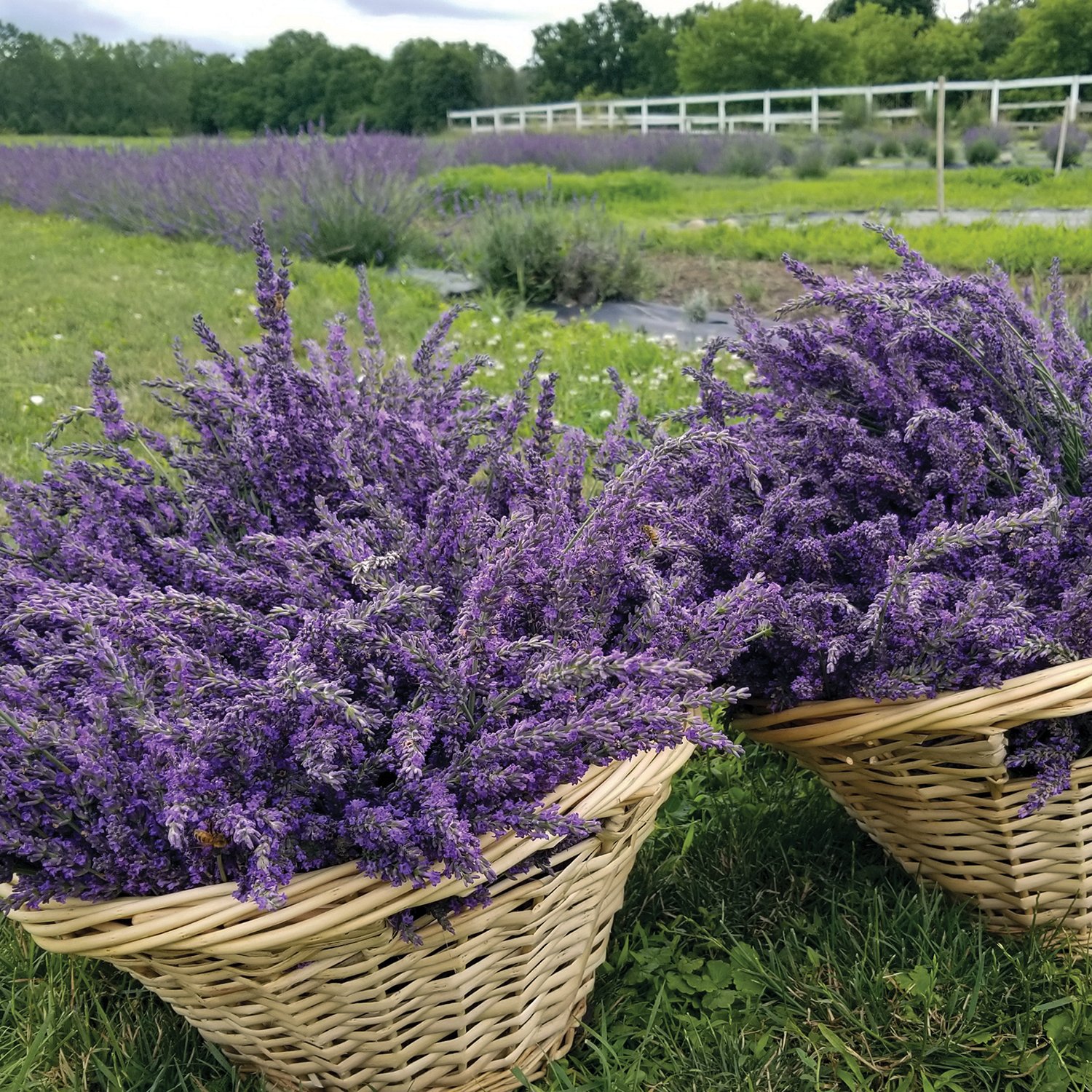Foodscaping: Double Duty Beauty
A garden is beauty in the purest sense. In exchange for taking care of your spot on The earth, you enjoy better health, sensory Delights, and a fridge full of food.
Achieving this reciprocity requires a fresh approach to traditional notions of what is grown where General manager for Broccolo Tree & Lawn Care, Jessica DeMasio calls it “foodscaping.”
“Why not dress your landscape with plants you can consume?” DeMasio asks. Foodscaping nourishes the soil, reduces your carbon footprint, benefits your local ecosystem, and helps invertebrate pollinators, of which 40% are threatened with extinction. DeMasio offers some suggestions:
• PRIVACY SCREENS AND UPSCAPING. Grapevines and climbing vegetables, can create a thick, living wall that shelters you from the outside world. Think in terms of small squashes, cucumbers or grapes on a chain link fence or trellis along the side of a porch.
• BUSHES. Incorporate blueberry bushes as an anchor or part of your plantings for summer fruit and beautiful colors in the fall.
• SHADE TREES. Many fruit tree varieties can anchor yards and provide shade. In addition to tasty treats, you get gorgeous spring flowers and autumn color.
• POLLINATOR FLOWERS. Lavender and rosemary possess a sublime fragrance and bees love them. These are also kitchen herbs and make delicious simple syrups. DeMasio recommends elevating your vegetable garden aesthetic with the lovely nasturtium and calendula which have edible petals. Marigolds attract pollinators and repel pests.
• HERB AND TEA. Incorporate lavender, chamomile, tarragon, dill, thyme, basil, sage and chervil for an herb and tea garden. Keep aggressive mints in pots. “You can sneak in herbs along the borders of an already full landscape,” DeMasio advises.
• CREATIVE SURPRISES. Asparagus adds shapely interest and beauty, as do eggplants with their delicate purple flowers and gorgeous fruits. Consider artichokes for a dramatic, towering bloom. Alpine strawberries make an alternative ground cover and chives work well along paths and borders. If you have a small space, make use of pots, planter boxes, and any ground that you can use to transform your yard into a lush, yet practical, garden. “Grow part of your grocery store!” exclaims DeMasio. “Whatever environment you have, you can make it work.”


